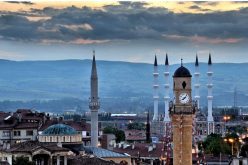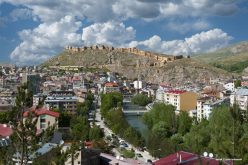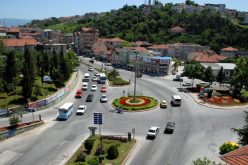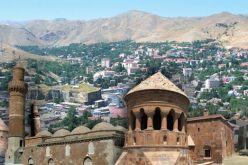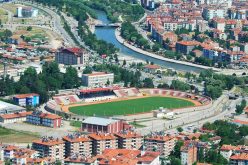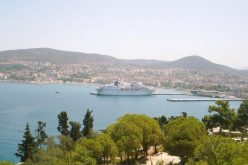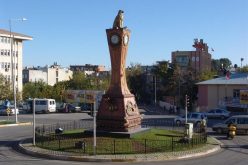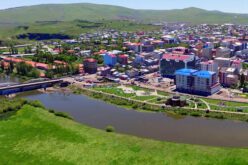Usak
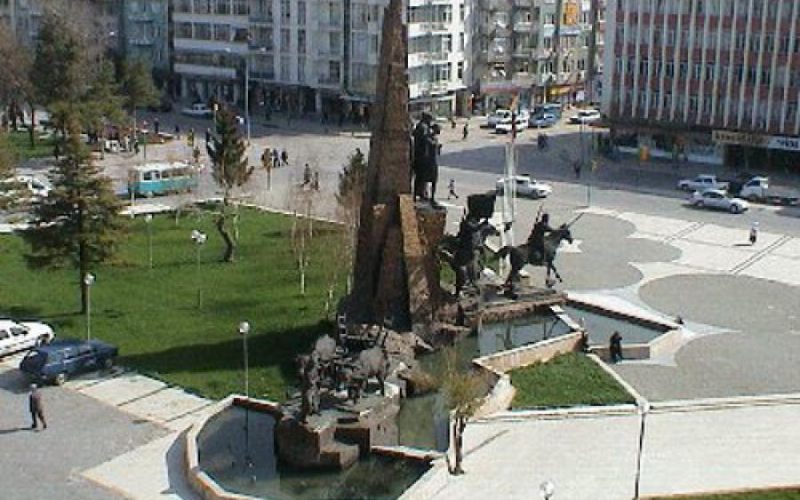
Usak
Usak city is situated at a distance of 210 km (130 mi) from Izmir, the region’s principal metropolitan center and port city. Benefiting from its location at the crossroads of the Central Anatolian plateau and the coastal Aegean Region, and from a climate and agricultural production incorporating elements of both of these zones, Uşak has also traditionally had a strong industrial base. Usak was the first city in Turkey to have an urban electricity network, and the first city where a collective labor relations agreement was signed, during the Ottoman era, between leather industry employees and workers. It was here that the first factory of Republican Turkey, a sugar refinery, was set up through a private sector initiative among local businessmen.
The tradition of industriousness continues today around two industrial zones. n pre-industrial times, Uşak was already a major center of production and export, particularly of Ushak carpets. Ushak carpets are also called Holbein carpets in reference to the 16th century painter Hans Holbein the Younger who depicted them in minute detail in his paintings, reflecting their popularity in European markets. The level of international popularity attained by Uşak’s carpets became such that the word “Ushak” is considered an English word of Turkic origin. The first known organized states to have ruled over the region of Uşak were the Phrygians in the eastern portion and the Lydians in the west during the 7th century BC. The Karun Treasure, discovered by clandestine treasure hunters in Uşak in 1965, and whose smuggling outside Turkey and subsequent retrieval decades later from New York City’s Metropolitan Museum of Art made international headlines, gives an indication of the high degree of civilization attained by these Anatolian states. The region of Lydia was later taken over by the Persian Empire in the 6th century BC and by Alexander the Great and his successors as of the 4th century. Thereafter, Uşak was ruled successively by the Roman Empire, the Byzantine Empire, the Germiyandis and finally the Ottoman Empire (as of 1429). In Ottoman times, the city’s name was Uşşak, which could mean “lovers” and “minstrels” at the same time. Tradition privileges the second derivation, which could be a reference to the region’s rich folk literature. Uşak was occupied by the Greek army between 28 August 1920 and 1 September 1922. During the Greek retreat, Greek general Nikolaos Trikoupis was captured near Uşak at the village of Göğem, today buried under a dam reservoir. Uşak was a district center within Kütahya Province until 1953, when Uşak Province was constituted and Uşak became its provincial capital. Uşak has a continental Mediterranean climate with cold, wet and regularly snowy winters and hot, long and dry summer
Write a Comment
Only registered users can comment.

